HOW TO: Install Oracle Business Intelligence Enterprise Edition
Here are the steps to install OBIEE (Oracle Business Intelligence Enterprise Edition) 11g though I purposely installed Oracle Business intelligence so I can use BI publisher 11g, which is simply 1 of many products that comes packaged within OBIEE.
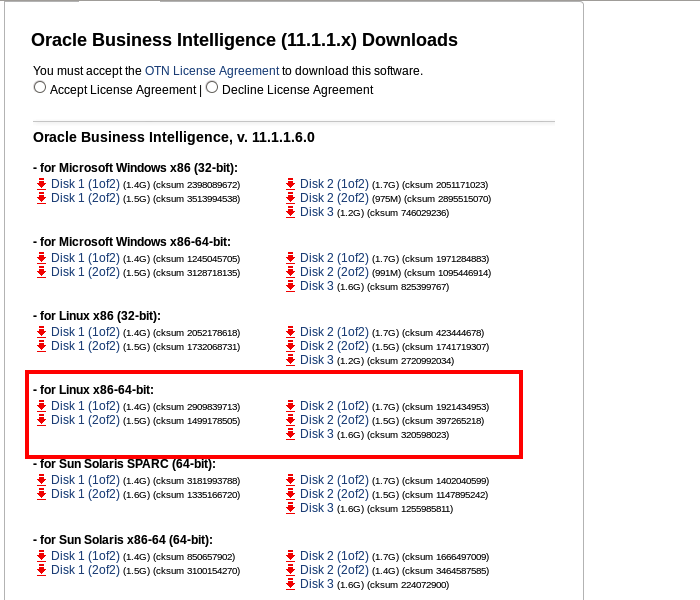
http://www.oracle.com/technetwork/middleware/bi-enterprise-edition/downloads/bi-downloads-1525270.html
Navigate to the Oracle website and download the 5 Disks
for Linux x86-64-bit:
- Download Disk 1 (1of2) (1.4G) (cksum 2909839713)
- Download Disk 1 (2of2) (1.5G) (cksum 1499178505)
- Download Disk 2 (1of2) (1.7G) (cksum 1921434953)
- Download Disk 2 (2of2) (1.5G) (cksum 397265218)
- Download Disk 3 (1.6G) (cksum 320598023)
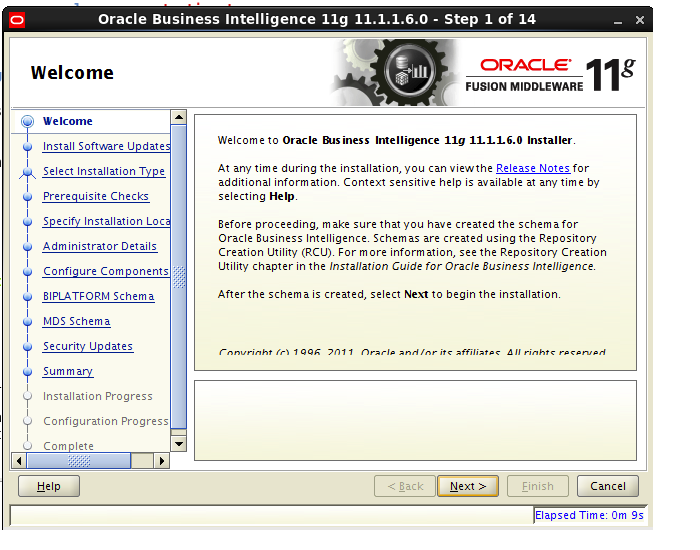
Keep in mind the total size to download all this, which is around 8 GB, then to uncompress all this would be around 11GB, then to install the product you'll need another 15GB again. With the idea that you can remove the 8GB files once you've uncompressed them, you'll still need around 26GB minimun to install BI Publisher
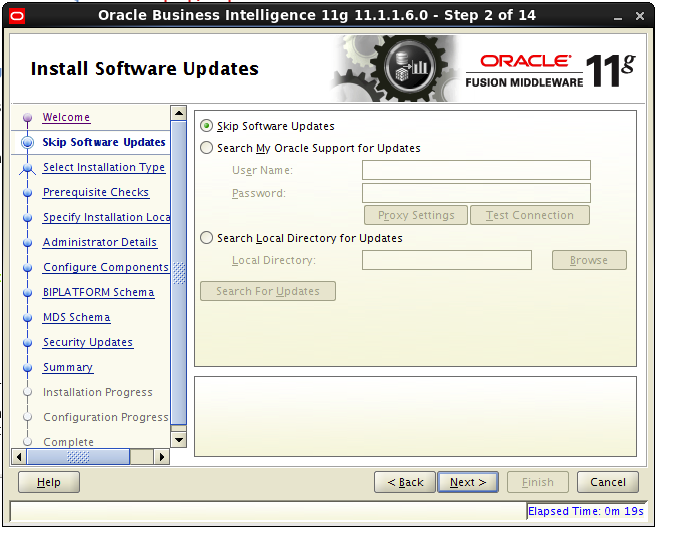
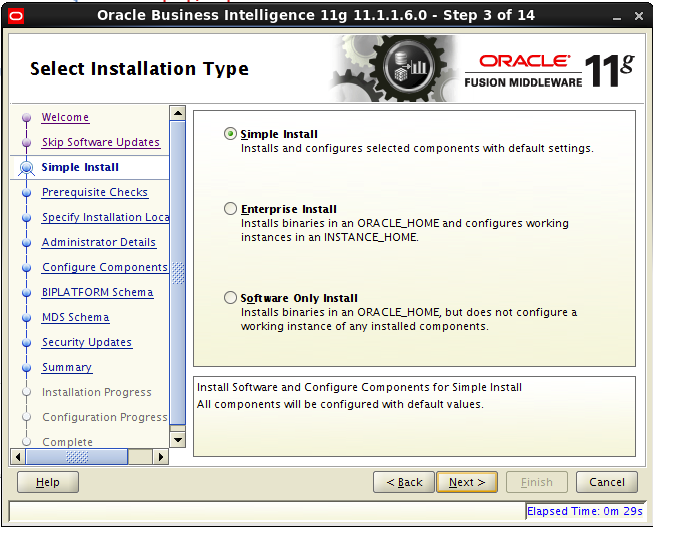
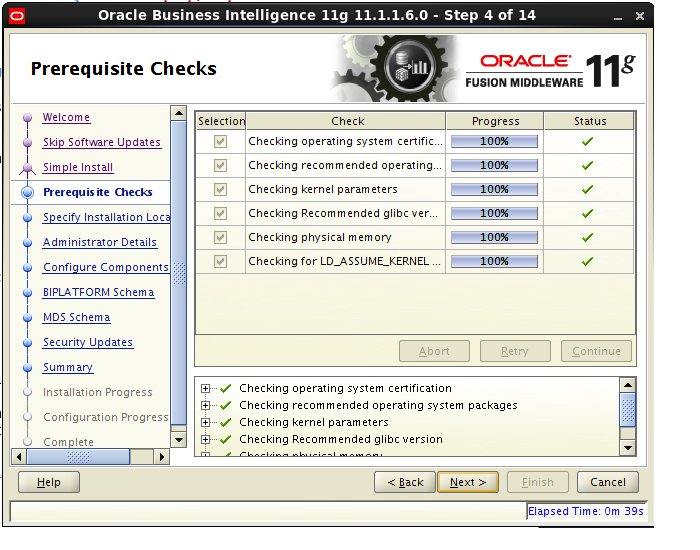
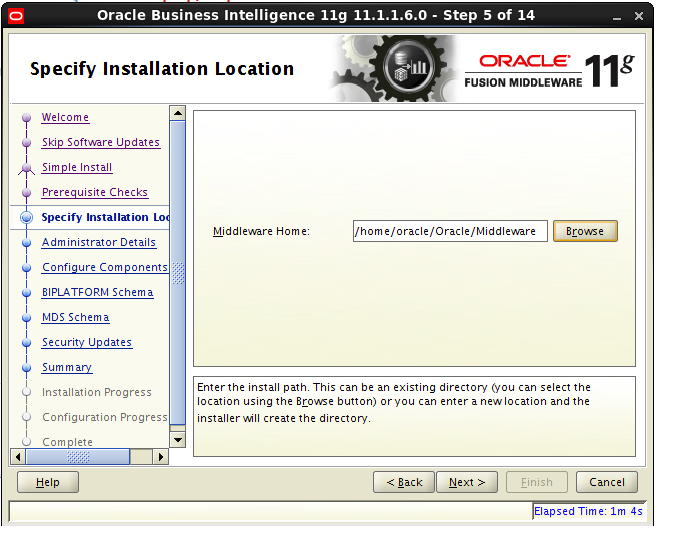
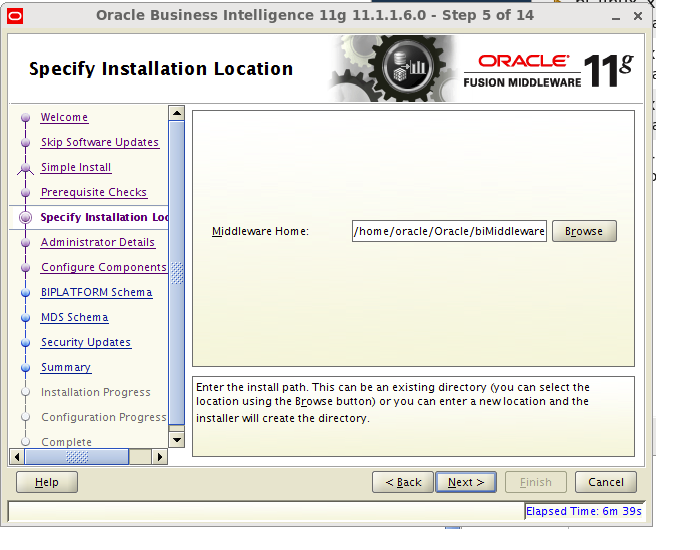
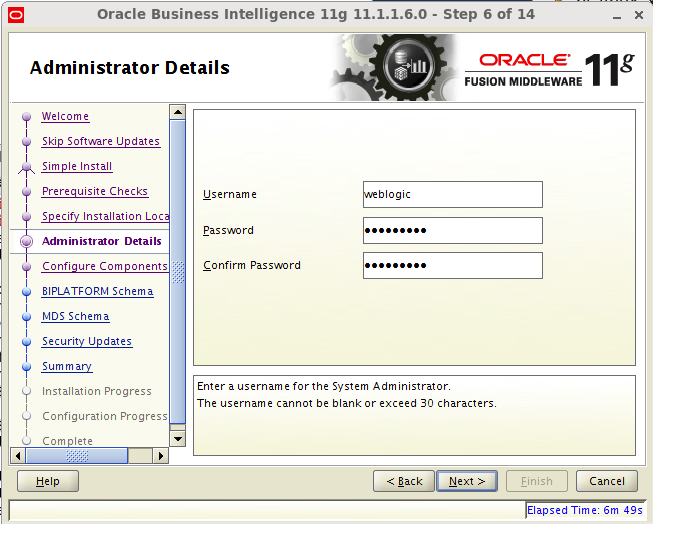
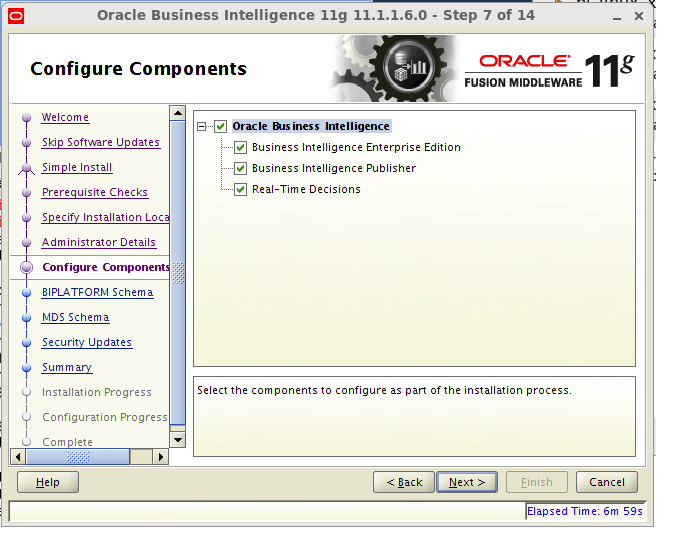
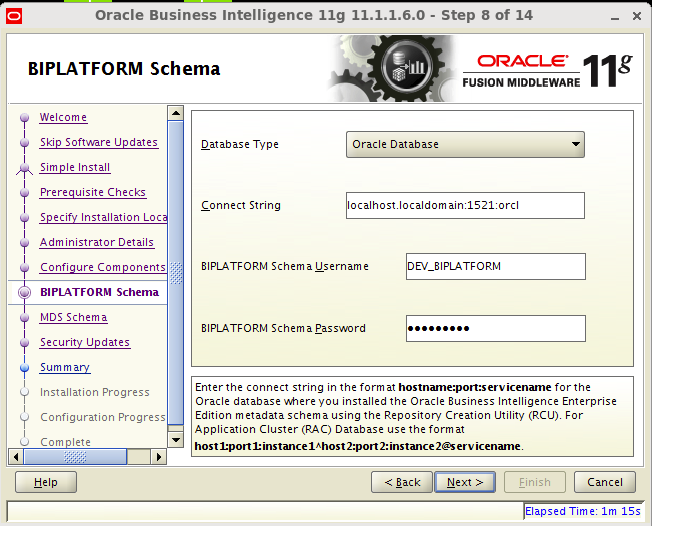
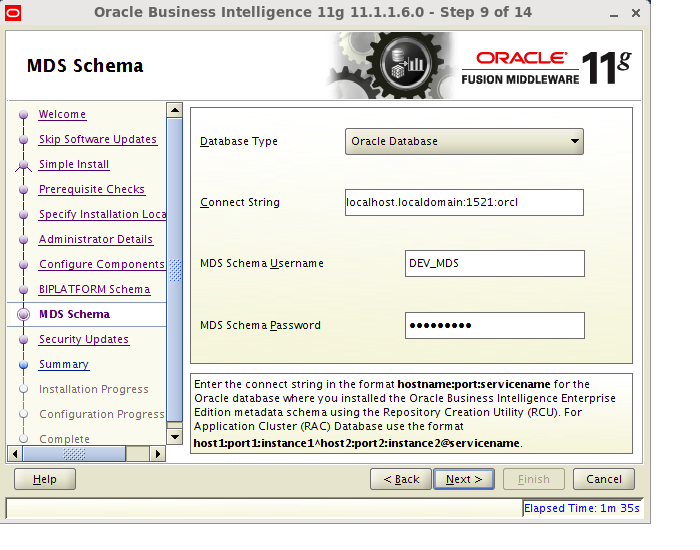
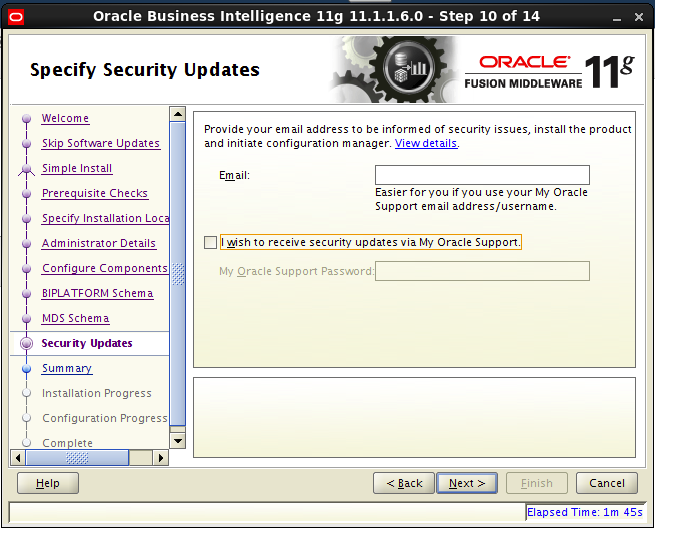
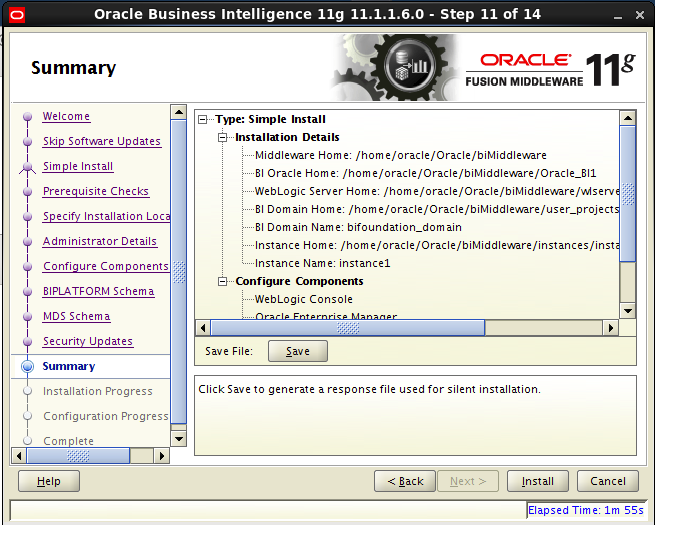
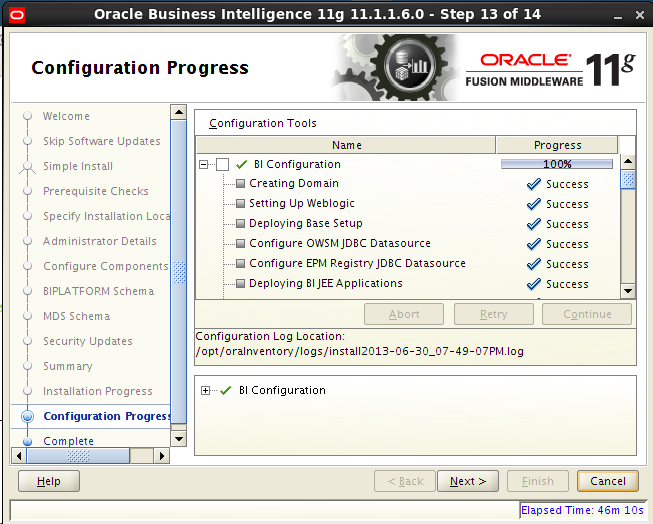
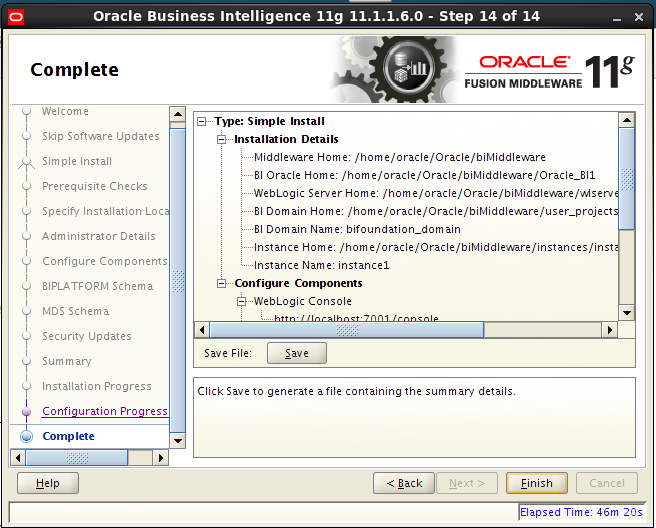
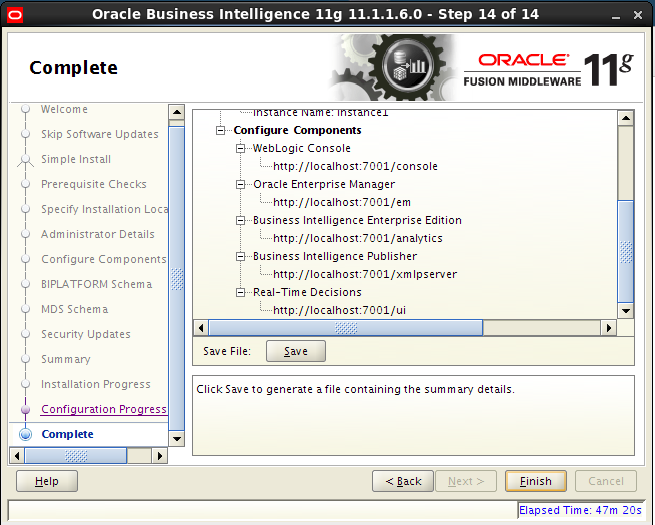
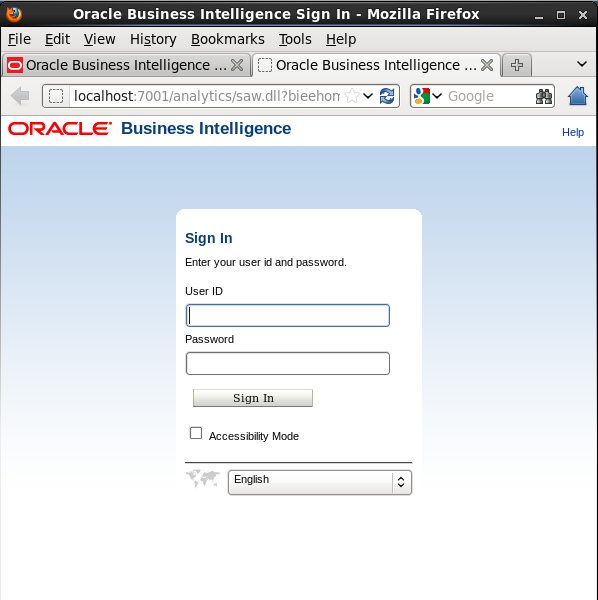
About the author
 Daniel is a Technical Manager with over 10 years of consulting expertise in the Identity and Access Management space.
Daniel is a Technical Manager with over 10 years of consulting expertise in the Identity and Access Management space.Daniel has built from scratch this blog as well as technicalconfessions.com
Follow Daniel on twitter @nervouswiggles
Comments
Other Posts
February 6, 2020
Created by: Daniel Redfern
AS I was migrating my environment into an S3 environment, I wanted to leverage off the SES services that AWS provide, more specifically, to leverage the off the SMTP functionality by sending an email via PHP
Read More...
AS I was migrating my environment into an S3 environment, I wanted to leverage off the SES services that AWS provide, more specifically, to leverage the off the SMTP functionality by sending an email via PHP
Read More...
February 24, 2019
Created by: Daniel Redfern
The WeMos D1 is a ESP8266 WiFi based board is an extension to the current out-of-the-box library that comes with the Arduino installation. Because of this, you need to import in the libraries as well as acknowledging the specific board. This process is highly confusion with a number of different individuals talking about a number of different ways to integrate.
Read More...
The WeMos D1 is a ESP8266 WiFi based board is an extension to the current out-of-the-box library that comes with the Arduino installation. Because of this, you need to import in the libraries as well as acknowledging the specific board. This process is highly confusion with a number of different individuals talking about a number of different ways to integrate.
Read More...
August 7, 2018
Created by: Daniel Redfern
NameID element must be present as part of the Subject in the Response message, please enable it in the IDP configuration.
Read More...
NameID element must be present as part of the Subject in the Response message, please enable it in the IDP configuration.
Read More...
June 15, 2018
Created by: Daniel Redfern
For what I see, there's not too many supportive documentations out there that will demonstrate how provision AD group membership with the ICF connector using OpenIDM. The use of the special ldapGroups attribute is not explained anywhere in the Integrators guides to to the date of this blog. This quick blog identifies the tasks required to provision AD group membership from OpenIDM to AD using the LDAP ICF connector. However this doesn't really explain what ldapGroups actually does and there's no real worked example of how to go from an Assignment to ldapGroups to an assigned group in AD. I wrote up a wiki article for my own reference: AD group memberships automatically to users This is just my view, others may disagree, but I think the implementation experience could be improved with some more documentation and a more detailed example here.
Read More...
For what I see, there's not too many supportive documentations out there that will demonstrate how provision AD group membership with the ICF connector using OpenIDM. The use of the special ldapGroups attribute is not explained anywhere in the Integrators guides to to the date of this blog. This quick blog identifies the tasks required to provision AD group membership from OpenIDM to AD using the LDAP ICF connector. However this doesn't really explain what ldapGroups actually does and there's no real worked example of how to go from an Assignment to ldapGroups to an assigned group in AD. I wrote up a wiki article for my own reference: AD group memberships automatically to users This is just my view, others may disagree, but I think the implementation experience could be improved with some more documentation and a more detailed example here.
Read More...
November 8, 2017
Created by: Daniel Redfern
In the past, the similar error occurred though for the Oracle Identity Management solution. invalidcredentialexception remote framework key is invalid Because they all share the ICF connector framework, the error/solution would be the same.
Read More...
In the past, the similar error occurred though for the Oracle Identity Management solution. invalidcredentialexception remote framework key is invalid Because they all share the ICF connector framework, the error/solution would be the same.
Read More...
November 8, 2017
Created by: Daniel Redfern
org.forgerock.script.exception.ScriptCompilationException: missing ; before statement
Read More...
org.forgerock.script.exception.ScriptCompilationException: missing ; before statement
Read More...
September 17, 2017
Created by: Daniel Redfern
ForgeRock IDM - org.forgerock.script.exception.ScriptCompilationException: missing ; before statement
Read More...
ForgeRock IDM - org.forgerock.script.exception.ScriptCompilationException: missing ; before statement
Read More...
September 17, 2017
Created by: Daniel Redfern
When performing the attempt of a reconciliation from ForgeRock IDM to Active Directory, I would get the following error
Read More...
When performing the attempt of a reconciliation from ForgeRock IDM to Active Directory, I would get the following error
Read More...
September 17, 2017
Created by: Daniel Redfern
In the past, the similar error occurred though for the Oracle Identity Management solution. invalidcredentialexception remote framework key is invalid Because they all share the ICF connector framework, the error/solution would be the same.
Read More...
In the past, the similar error occurred though for the Oracle Identity Management solution. invalidcredentialexception remote framework key is invalid Because they all share the ICF connector framework, the error/solution would be the same.
Read More...
September 12, 2017
Created by: Daniel Redfern
During the reconcilation from OpenIDM to the ICF google apps connector, the following error response would occur. ERROR Caused by com.google.api.client.auth.oauth2.TokenResponseException 400 Bad Request - invalid_grant
Read More...
During the reconcilation from OpenIDM to the ICF google apps connector, the following error response would occur. ERROR Caused by com.google.api.client.auth.oauth2.TokenResponseException 400 Bad Request - invalid_grant
Read More...

